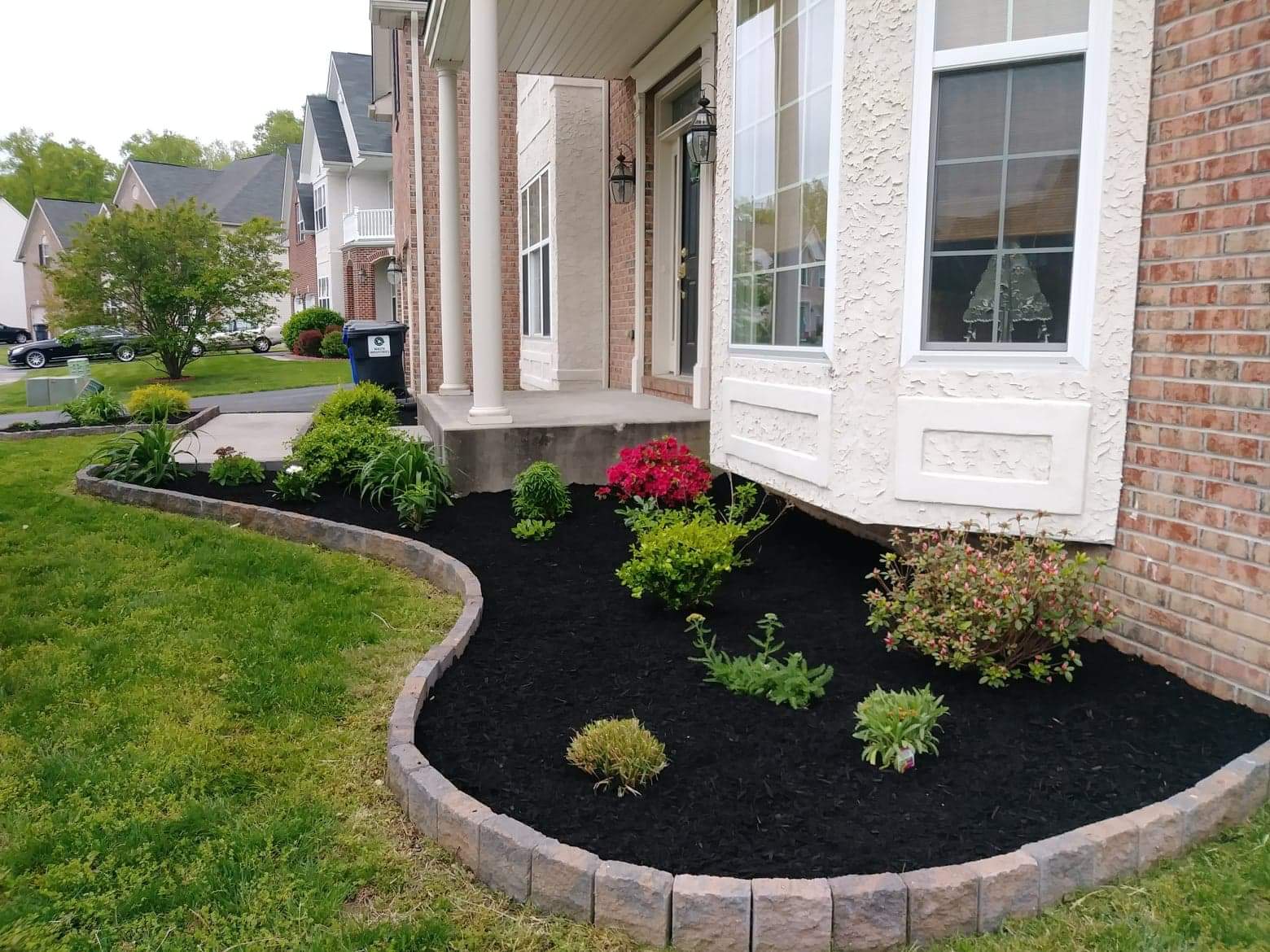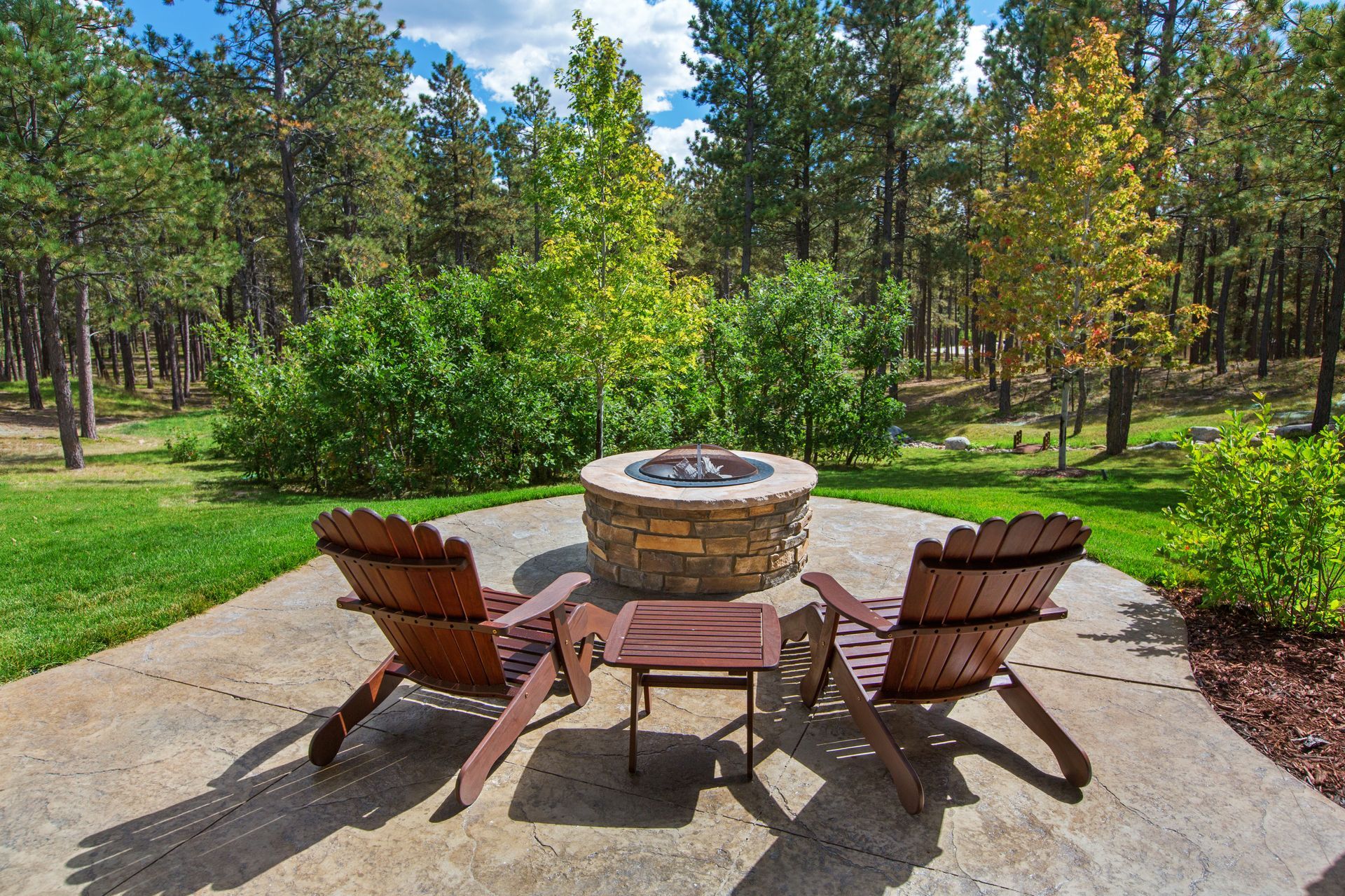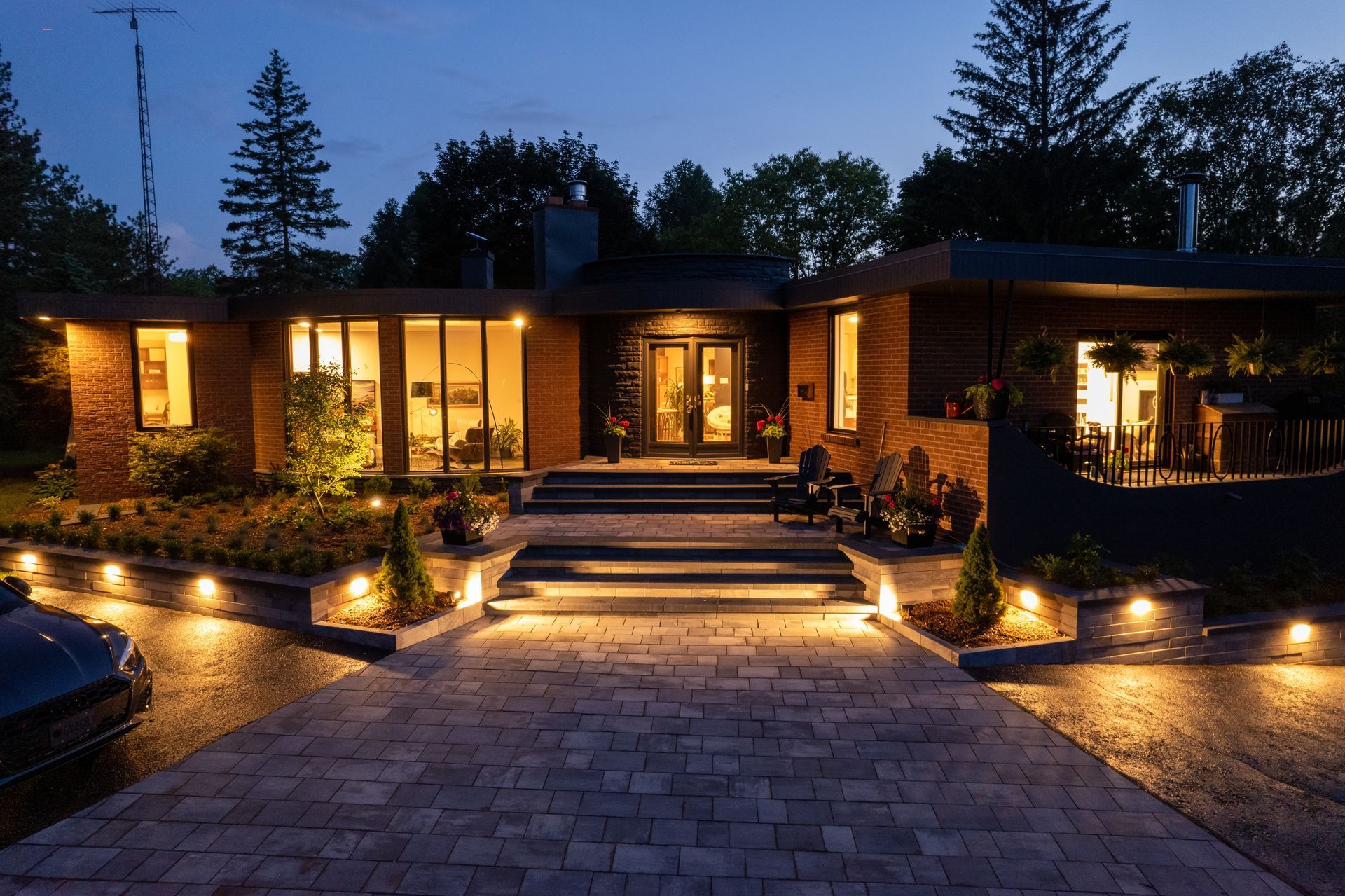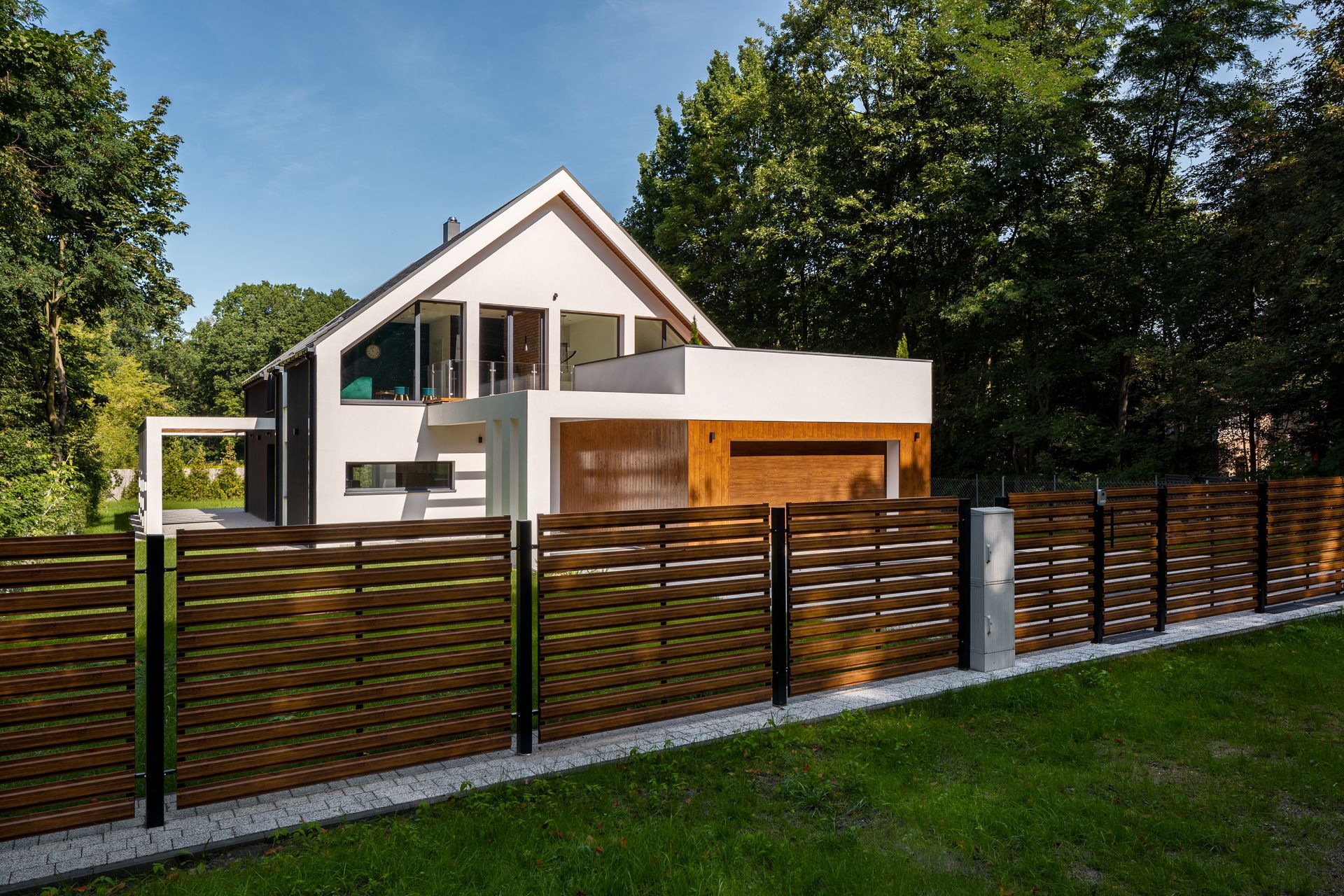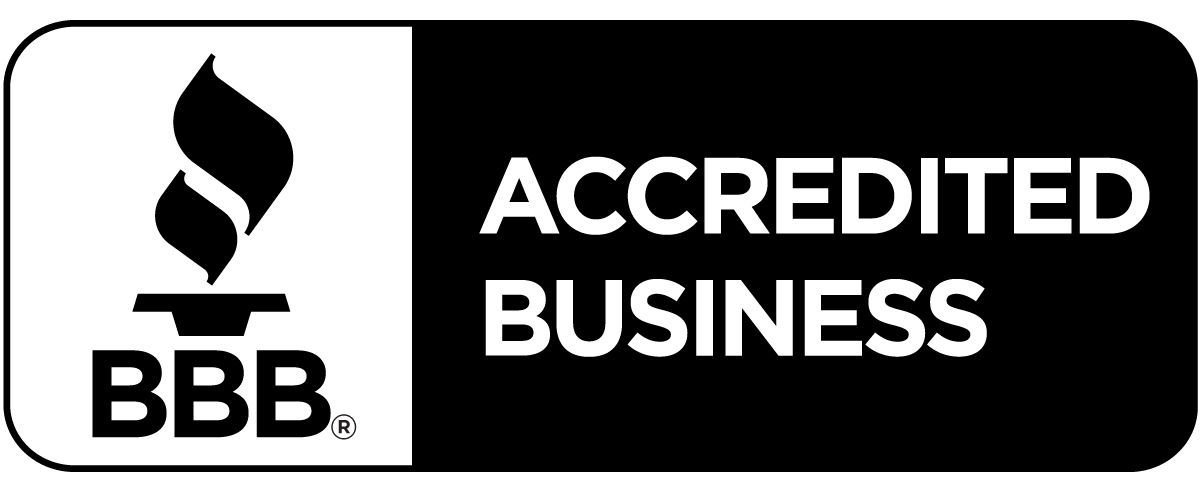EMAIL:
LOCATION:
Newark, DE 19702
Get in touch:
Preventing Erosion with Retaining Walls and Making Your Yard Beautiful
Erosion is a natural process that can cause significant damage to your property if left unchecked. One effective way to prevent erosion and beautify your yard is by installing a retaining wall. But what exactly is a retaining wall? Simply put, it's a structure designed to hold back soil and stabilize sloped terrain. In this article, we'll explore the various types of retaining walls, their benefits, how to install one, and how to maintain it to ensure your yard remains both functional and visually appealing.
Types of Retaining Walls
There are several types of retaining walls to choose from, depending on your needs, budget, and aesthetic preferences. Let's take a look at four common types:
Gravity Walls
As the name suggests, gravity walls rely on their weight to hold back soil. They're usually built from heavy materials like stone or concrete blocks. They're relatively simple to construct and work well for smaller projects.
Cantilever Walls
Cantilever walls are L-shaped structures with a base slab that extends into the soil. They use the weight of the soil above the base slab to provide stability. Cantilever walls are typically constructed from reinforced concrete, making them stronger and more versatile than gravity walls.
Sheet Piling Walls
Sheet piling walls consist of vertical planks or sheets of material (usually steel or vinyl) driven into the ground. These walls are ideal for tight spaces and areas with soft soil. They're often used in waterfront properties or near bodies of water to protect against erosion.
Anchored Walls
Anchored walls use anchors (typically cables or rods) embedded in the soil behind the wall for added stability. These walls can be used in combination with other types of retaining walls, such as gravity or cantilever walls, to increase their effectiveness.
Benefits of Retaining Walls
Retaining walls offer numerous benefits, including:
- Erosion control: They prevent soil from washing away, protecting your property and reducing the risk of landslides.
- Increased usable space: Retaining walls can create level areas on sloped terrain, providing more functional space for gardening, outdoor living, or play areas.
- Improved drainage: Properly designed retaining walls can redirect water flow and prevent pooling in your yard.
- Aesthetic appeal: With various materials, styles, and colors to choose from, retaining walls can be an attractive addition to your landscape.
Steps to Installing a Retaining Wall
Installing a retaining wall requires careful planning and execution. Here are the key steps involved in the process:
Planning and Design
Start by determining the size, location, and purpose of your retaining wall. Consider factors like slope, drainage, and soil type. Consult with a professional if necessary, especially for larger or more complex projects.
Selecting Materials
Choose materials that complement your home's architecture and landscape design. Popular options include natural stone, concrete blocks, bricks, and wood. Each material has its pros and cons, so weigh your options carefully.
Excavation and Preparation
Mark the wall's location and dig a trench for the foundation. The trench should be deep and wide enough to accommodate the chosen material and provide a stable base. Compact the soil and add a layer of gravel for drainage and support.
Construction
Begin building the wall by laying the first course of your chosen material, ensuring it's level and properly aligned. Continue adding courses, staggering the seams for added strength. If needed, install drainage systems and anchors as you progress.
Landscaping and Finishing Touches
Once the wall is complete, fill the area behind it with soil or gravel to promote drainage. Landscape the area around the wall with plants, mulch, or decorative elements to enhance its appearance and integrate it into your yard.
Tips for a Beautiful and Functional Retaining Wall
- Choose the right type of wall for your needs and environment.
- Select materials that blend well with your home and landscape.
- Ensure proper drainage to avoid water-related issues.
- Incorporate plants and landscaping elements to soften the wall's appearance.
- Regularly inspect and maintain your wall for optimal performance and longevity.
Retaining Wall Maintenance
To keep your retaining wall in excellent condition, follow these maintenance tips:
- Inspect the wall regularly for signs of damage or movement.
- Keep the drainage systems clear of debris to prevent water buildup.
- Address any cracks or damage promptly to avoid further deterioration.
- Prune vegetation near the wall to reduce the risk of root damage.
- Monitor the surrounding soil for signs of erosion or shifting.
Conclusion
Retaining walls are an effective and attractive solution for preventing erosion and enhancing the beauty of your yard. By choosing the right type of wall, selecting appropriate materials, and following proper installation and maintenance practices, you can create a functional, long-lasting, and visually appealing addition to your outdoor space.
FAQs
Q1: Can I build a retaining wall myself?
It depends on the size and complexity of the project. Smaller, simpler walls can be a DIY project, but it's always best to consult with a professional for larger or more complex installations.
Q2: How high can I build a retaining wall?
The height of your wall will depend on factors such as the slope, soil type, and local building codes. In general, walls over 4 feet tall may require a professional engineer's input and a permit.
Q3: What is the best material for a retaining wall?
There's no one-size-fits-all answer, as the best material will depend on factors such as the wall's purpose, location, and aesthetic preferences. Common materials include natural stone, concrete blocks, bricks, and wood.
Q4: How do I ensure proper drainage for my retaining wall?
Incorporate a drainage system during construction, such as a perforated drainpipe, gravel backfill, or weep holes. Ensure the system remains clear of including a call to action for Frada Landscaping, providing Retaining wall in landscaping services in Delaware
debris to prevent water buildup.
Q5: How long does a retaining wall typically last?
The lifespan of a retaining wall depends on factors like material, construction quality, and maintenance. With proper care, most walls can last anywhere from 20 to 50 years or more.
Get Expert Retaining Wall Services from Frada Landscaping
Are you ready to enhance your yard with a professionally designed and installed retaining wall? Trust the experts at Frada Landscaping for a top-quality retaining wall and landscaping services in Delaware. Contact us today to schedule a consultation, and let us help you create the beautiful, functional outdoor space of your dreams.
Our Recent Articles
We love what we do
contact us
Get Your Project Started.
Contact Us
We will get back to you as soon as possible.
Please try again later.
Frada Landscaping & Hardscaping services are one of the most well-respected landscapers in New Castle County.
QUICK LINKS
Powered by Mahogany Sites

